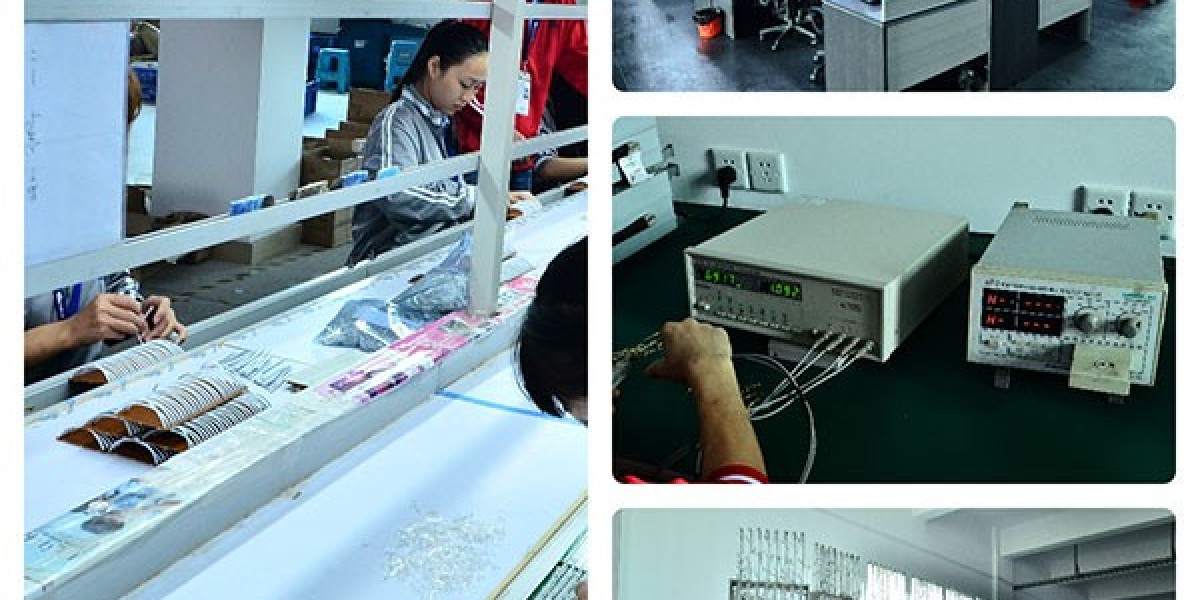When purchasing wholesale LEDs, understanding the technical specifications is crucial to ensure you’re getting the right product for your needs. LED lights are available in various types, sizes, and configurations, and each comes with specific features that can impact performance, energy efficiency, and cost. Knowing how to read LED specifications will help you make informed purchasing decisions and avoid wasting money on products that don’t meet your expectations.
In this article, we’ll break down the key specifications to look for when buying Wholesale LEDs so you can make the best choice for your lighting projects.
1. Lumens (Brightness)
One of the most important specifications when buying LEDs is the lumens rating. Lumens measure the amount of visible light emitted by the LED, which directly correlates to the brightness of the bulb. The higher the lumens, the brighter the light.
When evaluating wholesale LED options, it’s essential to match the lumens rating to your lighting requirements. For example:
- Residential lighting: If you're replacing a standard 60-watt incandescent bulb, look for an LED with about 800 lumens.
- Task lighting: For areas that require focused light, such as reading lamps or kitchens, aim for LEDs with higher lumen ratings (e.g., 1000-2000 lumens).
- Outdoor lighting: Floodlights or security lighting will typically require even higher lumens for proper illumination.
Comparing the lumens rating will ensure you’re getting the right brightness for your project.
2. Wattage (Energy Consumption)
The wattage of an LED refers to the amount of power it consumes to produce light. One of the primary benefits of LEDs is their energy efficiency compared to traditional lighting options, such as incandescent or halogen bulbs. LEDs use significantly less energy to produce the same amount of light.
When purchasing wholesale LEDs, you’ll want to look at the wattage to determine how much energy the light will consume. For example, an LED that provides the same brightness as a 60-watt incandescent bulb might only use 8-12 watts, depending on the efficiency of the LED.
Choosing energy-efficient LEDs will help lower operating costs and reduce the overall environmental impact of your lighting solution.
3. Color Temperature (Kelvins)
Color temperature refers to the warmth or coolness of the light emitted by an LED, and it’s measured in Kelvins (K). The color temperature affects the ambiance of the space, so it’s important to choose the right one based on the intended use.
Common color temperatures for LEDs include:
- Warm White (2700K-3000K): Mimics the soft, yellowish light of incandescent bulbs. Ideal for residential areas like living rooms, bedrooms, and dining rooms.
- Neutral White (3500K-4100K): Offers a more natural white light, suitable for kitchens, offices, and bathrooms.
- Cool White (5000K-6500K): A brighter, bluish light typically used for task lighting, outdoor areas, or commercial settings.
When browsing wholesale LED options, always check the color temperature to ensure it matches your intended use. Choosing the right color temperature can enhance the functionality and aesthetic of your space.
4. Color Rendering Index (CRI)
The Color Rendering Index (CRI) measures how accurately an LED light shows the true colors of objects when compared to natural sunlight. CRI is measured on a scale of 0 to 100, with higher values indicating better color accuracy.
For example:
- CRI 80+: Suitable for general lighting in homes and offices.
- CRI 90+: Provides better color rendering and is often used in settings like galleries, retail stores, or areas where color accuracy is important (e.g., kitchens or art studios).
When purchasing wholesale LEDs, especially for commercial spaces or areas requiring precise color matching, look for a CRI rating of 90 or higher. This will ensure that the colors of objects under the light appear more natural and vibrant.
5. Lifespan (Hours)
LED lights have a much longer lifespan than traditional lighting options, but it’s still important to pay attention to the specific lifespan indicated on the product specification. The lifespan is typically listed in hours, such as 25,000, 50,000, or even 100,000 hours.
For example:
- Residential use: A typical LED may last 25,000-50,000 hours, meaning it could last for many years even with daily use.
- Commercial or high-usage areas: In commercial spaces, you may want LEDs with longer lifespans (50,000 hours or more) to reduce maintenance costs.
When choosing wholesale LEDs, consider how long the product will last based on how often the lights will be used. Longer-lasting LEDs reduce the frequency of replacements and can save money in the long run.
6. Voltage and Compatibility
Make sure to check the voltage specifications to ensure the LED is compatible with your power supply. Most residential LEDs run on standard voltage (110-120V in North America, 220-240V in Europe), but some commercial or specialized LEDs may require higher voltages.
Additionally, if you're installing smart LEDs or LEDs with dimming functionality, verify compatibility with your existing dimmer switches or smart home systems. Some wholesale LEDs are designed to work with dimmers, while others may flicker or malfunction if used with incompatible systems.
7. Beam Angle
The beam angle of an LED defines the spread of light emitted. A narrow beam angle (e.g., 15°) is ideal for spotlighting or accent lighting, while a wide beam angle (e.g., 120°) is better for general illumination or filling larger spaces with light.
Consider the intended application of the LEDs when selecting the beam angle. For wholesale LEDs, look for specifications that match your lighting needs. A good beam angle can make a significant difference in the effectiveness of your lighting setup.
8. Dimmability
Not all LEDs are dimmable, so if you're looking for lighting that can be adjusted to different brightness levels, make sure the LED is labeled as “dimmable.” Wholesale LED suppliers often carry both dimmable and non-dimmable LEDs, so check the specifications before making your purchase.
Dimmable LEDs offer flexibility in adjusting lighting to match different moods or activities, which can be especially useful in living rooms, restaurants, or hospitality settings.
9. Certification and Safety Standards
Always verify that the wholesale LED products you’re considering have the necessary certifications and meet industry standards. Look for markings such as:
- UL (Underwriters Laboratories): Indicates that the product has been tested for safety.
- RoHS (Restriction of Hazardous Substances): Ensures the product is free from harmful chemicals.
- CE: Confirms the product meets European health, safety, and environmental standards.
Choosing certified products ensures that the wholesale LEDs you purchase are safe, reliable, and compliant with local regulations.
Final Thoughts
Understanding LED specifications is key to making the right choice when buying wholesale LEDs. Whether you're purchasing for a residential project, commercial application, or resale, knowing how to read the specifications will help you select the right products based on brightness, energy efficiency, lifespan, and more. By focusing on the important details such as lumens, wattage, color temperature, CRI, and lifespan, you can make informed decisions that meet your specific needs and ensure the success of your lighting project.




